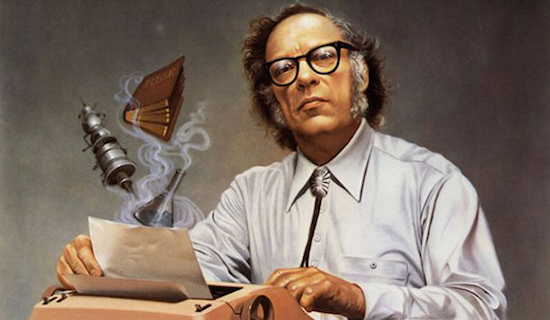Asimov’s writing had a big impact on my young reading life. His Foundation Trilogy was the first science fiction series I really fell in love with. I was captivated by the high concept, 10,000+ year spanning story and clever plot twists. His I, Robot series (don’t see the movie, read the book) was excellent as well. In college, I moved from Asimov’s fiction to reading his work on explaining Physics and still to this day, use many examples from his book as a way to illustrate principles in physics.
So when I heard this past week that a lost essay, written by Asimov, had been found and published online, I jumped at the chance to read it. Arthur Obermayer, a colleague of Asimov’s found this essay in which Asimov describes his thoughts on creativity, where it comes from, and how to develop it.
You can read the full essay here:
http://www.technologyreview.com/view/531911/isaac-asimov-asks-how-do-people-get-new-ideas/
A few of the takeaways I thought were most interesting:
Where Creativity Comes From – Although it was unclear to Asimov where the creative spark came from, he developed an ingenious method for deducing how we might discover the similarities between creative ideas and people. He uses Darwin and Alfred Wallace as an example of two independent people, not working together or communicating, who both came up with a similar idea at roughly the same time.
Attributes of a Creative Person – Someone who truly has unique and radically creative ideas must be very self-assured. They must be willing to defy authority. They must have a personality that Asimov calls “eccentric” but I think he means they need to dare to be different. He also added that isolation was a factor that really helped him with his creativity.
How to Foster Creativity – This paper was written for a government institution but could be substituted for a corporation or just your own creativity. The single biggest factor to promote creativity was to NOT pay for it. Organizations should pay for the employee’s menial tasks but creativity should all be for free. This can apply to even your own creativity by never approaching a project just to make money on it. The creativity flows best when money is NOT the primary driver.
It’s a quick and interesting read that gives some great insight into how Asimov reasoned through things and his clear and concise writing style.
